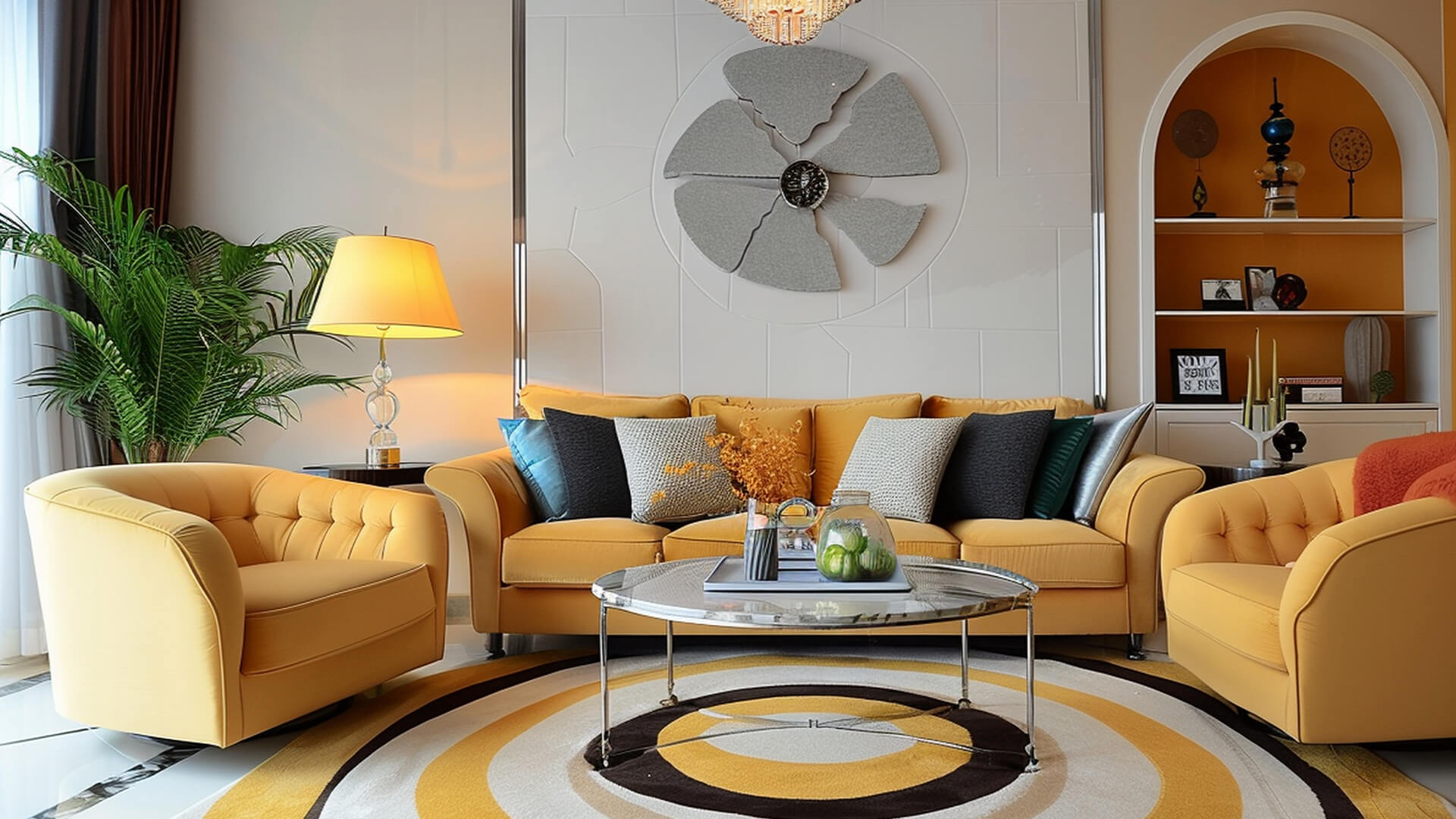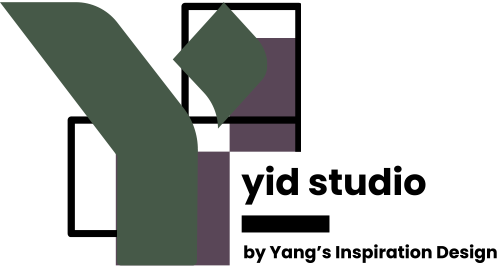
A modern office design consists of an active and evolving concept that emphasizes openness, collaboration, and flexibility, going beyond just being a workplace. Contrary to the blind, maze-like structures of the past, modern office interiors are meant for creativity, fostering better communication, and the well-being of all who use the space. It encapsulates a variety of elements, such as inventive layouts, ergonomic furniture, and advanced technology. With the idea of creating an atmosphere in which productivity thrives and employees are motivated and comfortable.
How is Modern Interior Designing Different from Traditional Designing?
Modern interior designs of office spaces have gone through some significant shifts from the old design. Here’s how they differ:
Layout and Space Utilization
Traditional offices are characterized by fixed layouts with a clear hierarchy in the way the workspace is partitioned. Modern office designs, on the other hand, have a more fluid nature of layout where spaces are often multi-purpose, and employees can move freely. Flexibility in this case might boost collaboration and creativity by removing physical barriers to communication.
Aesthetic Elements and Decorative Styles
While traditional offices usually use conservative color schemes and heavy, dark furniture, modern design prefers a minimalist approach with clean lines and lighter, vibrant colors. Such a move not only brings a modern look to the office but also adds to the overall energizing environment with less oppression.
Furniture and Ergonomics
Traditional office furniture often prioritizes form over function, which can lead to discomfort. In contrast, modern office design emphasizes ergonomics, providing furniture that supports the natural posture of the body. This approach helps to reduce the risk of strain or injury from prolonged sitting or standing.
Technology Integrations
In traditional offices, technology often feels added on as an afterthought. In contrast, modern office designs integrate technology seamlessly into the workspace. This includes built-in power and data points at desks, video conferencing facilities that are seamlessly integrated into the space, and intelligent lighting and temperature control systems.
The Benefits of a Modern Office Design
But there are many more pluses of modern office design than might at first meet the eye, that affect not just the individual employee but the organization as a whole:
Improved Productivity and Efficiency
Modern office design offers numerous advantages that extend beyond individual employees, impacting the organization as a whole. By fostering improved productivity and efficiency, modern office spaces contribute significantly to a company’s success. Open spaces and ergonomic setups reduce physical discomfort and distractions, allowing employees to focus more effectively on their tasks. Integrating technology into these designs ensures that tools and data are easily accessible, minimizing downtime and streamlining processes for smoother operations.
Improved Employee Well-being and Satisfaction
Employee well-being and satisfaction are also greatly enhanced in a well-designed modern office. Exposure to natural light and the presence of plants contribute to improved mood and reduced stress, creating a more supportive work environment. Comfortable and adjustable furniture prevents fatigue and accommodates various working styles and preferences, ensuring that employees can work in a way that suits them.
Fostering Collaboration and Communication
Modern office designs foster collaboration and communication by removing physical barriers and providing shared spaces that encourage spontaneous meetings and discussions. Flexible workspaces allow teams to reconfigure their environments based on current needs, further promoting teamwork and creativity.
The Influence of Color and Light in Contemporary Office Spaces
Color and light are fundamental aspects of modern office design, significantly impacting both ambiance and functionality. The effective use of these elements can transform an ordinary office into a vibrant and efficient workspace. Natural lighting plays a crucial role by elevating mood and energy levels, reducing stress and anxiety. Research indicates that natural light enhances productivity and alertness by synchronizing circadian rhythms, which regulate the sleep-wake cycle. Additionally, adequate lighting reduces eye strain and the likelihood of headaches, which are often caused by dimly lit environments.
Importance of Natural Lighting
Color psychology also plays an important role in office design. Blue stimulates the mind, leading to more productive work sessions, particularly for mental tasks. Green, associated with balance and calm, is ideal for spaces that require long hours of work, as it helps prevent fatigue. Yellow inspires creativity and energy, making it a suitable choice for creative professionals such as designers and writers. Red, known for its energizing properties, can be used in areas where physical activity or quick decision-making is needed.
Color Psychology in the Workplace
Incorporating the right colors and maximizing natural light not only enhances the visual appeal of the workspace but also promotes a healthier and more inviting environment. Transitioning to modern office design is about creating spaces where productivity, health, and inspiration are prioritized, aligning with the needs and goals of today’s workforce.
Our Approach to Office Interior Design
In Singapore, where space is limited and efficiency is crucial, contemporary office design plays a significant role. Our approach involves integrating smart design strategies to maximize limited space while fostering a productive and healthy work environment. We reflect Singapore’s multicultural workforce in our designs, ensuring that spaces are inclusive and culturally sensitive.
How We Address the Needs of Office Managers, Designers, and Business Owners?
We address the needs of office managers, designers, and business owners by focusing on ergonomic design, which reduces physical strain and enhances employee comfort. Sustainable practices are also a key component of our designs, as we incorporate energy-efficient elements that promote environmental responsibility, a growing concern in Singapore’s business community. Additionally, we ensure that our office designs accommodate the latest technology, including seamless wireless connectivity and smart conference rooms.
Evaluating the Impact of Modern Office Design on Corporate Culture
Evaluating the impact of modern office design on corporate culture reveals how layout, décor, and usability can affect employee perception and work attitudes. A well-designed office reflects company values and fosters a positive environment that supports employee well-being, satisfaction, and productivity. Open and transparent spaces, such as those with glass walls and open layouts, encourage honesty and straightforwardness among staff. Providing multiple workspace options—such as quiet zones and common lounges—allows employees to work where they feel most comfortable, positively impacting satisfaction and reducing stress.
Fostering a Positive Workplace Environment
Open and transparent spaces
Modern offices use glass walls and open layouts to be candid and open, hence encouraging more honesty and straightforwardness among the staff.
Comfort and personalization
Having multiple workspaces on offer—quiet zones, common lounges, and otherwise—means that employees can work from places where they feel most comfortable, which has a consequent positive effect on satisfaction and stress reduction.
Aligning Design with Company Values and Brand Identity
Modern office design also aligns with company values and brand identity. Design elements that reflect a company’s brand reinforce corporate values and strengthen employee identity. Today’s office designs incorporate sustainability initiatives, collaborative spaces, and wellness centers, integrating these values into daily employee experiences.
In summary, modern office design represents a revolutionary approach to workspaces, enhancing productivity, collaboration, and employee well-being. These environments reflect a holistic approach to workplace design, with flexible layouts, ergonomic furniture, integrated technology, and thoughtful use of color and light. This shift underscores the profound connection between physical space and organizational success, whether in Singapore or globally.

